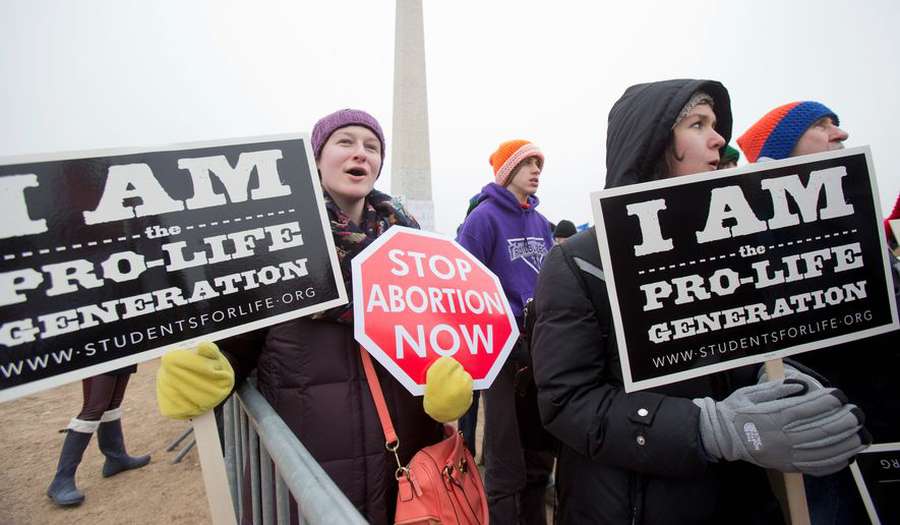
S. Joseph Scott
Special for News Talk Florida
The American Medical Association recently threw its weight into the abortion debate. Their action, however, is self-defeating, mired with internal contradictions. On June 25, 2019, in the District Court of North Dakota Western Division, the AMA filed suit against the acting Attorney General for the state, Wayne Stenehjem. The AMA cites objections to a Bill introduced to the North Dakota House of Representatives which the AMA claims, “forces Physicians to…tell their patients that abortion terminates ‘the life of a whole, separate, unique, living human being,’ compelling medical providers to convey a controversial and ideological message about fetal personhood that is unmoored from medical science” (emphasis added).
The AMA’s beef?
They’re accusing the North Dakota government of imposing forced speech, a violation of the First Amendment, speech requiring doctors to affirm a value judgment with which some would disagree. So, while the lawsuit doesn’t directly address the abortion issue, it is a backdoor way to appeal the issue. In this case, the AMA objects to government compelled value judgments. In and of itself that could be a valid argument, but the reason for the argument is specious, the AMA claiming it is “unmoored from medical science.”
The AMA is morally outraged by requiring doctors to state moral judgments, arguing that moral judgments fall outside the realm of “medical science.”
I wholeheartedly agree that moral judgement cannot be compelled, but the fact that we can’t weigh, measure, smell or examine moral judgements in the lab is not a compelling argument against their necessity. The crux, the foundation of the AMA argument is the “scientific method.” Bad logic. You cannot put free speech on the gurney and perform an autopsy. You cannot put it in a beaker for testing and verification. Free Speech is, in their words, an ideological issue. BRAVO! As is every other decision we humans make in life. Their own moral outrage, with which I would agree, is itself a value judgment “unmoored from medical science.”

The AMA case amplifies the issue involved in every abortion discussion, “fetal personhood.” Does abortion terminate “the life of a whole, separate, unique, living human being” or does it not? That is the heart of the abortion controversy. They also clearly identify a concern over compelled speech. But, both the question of fetal personhood and the AMA’s concern for free speech are moral issues that are not determined by the scientific method as narrowly conceived.
This case illustrates the inescapable interconnection that links the practice of science, math, the making of law, the growing of crops, the raising of children, the value of life, and the existence of ethical judgment. What a fetus IS determines the question of rights and what kinds of legal protections should come to bear for them. Neutrality is not an option. Something is declared at every abortion procedure. There is a great either-or value judgment before both doctor and patient. Is a whole, separate, unique living human being, made in the image of God being put to death? Or not?

Can we segment life and living into separate boxes of math, science, faith, moral judgments, or do they hang as a whole as articulated in Christian scripture and practice. Our broadly shared cherishing of free speech has a foundation articulated by our Constitution in these famous words: “We hold these truths to be self-evident, that all men are created equal.” “Created.” Talk about an idea that can’t be examined under the cold, hot light of a microscope! So, yes, the question of whether abortion terminates “a whole, separate, unique, living human being”, is being answered every time the procedure is performed. Performing a medical procedure is always inextricably linked to a moral judgment.
S. Joseph Scott has a Ph.D. in theology and has served in leadership positions in both higher education and religious institutions. He has published in both academic and popular journals and has a special interest in the intersection of faith and culture.








